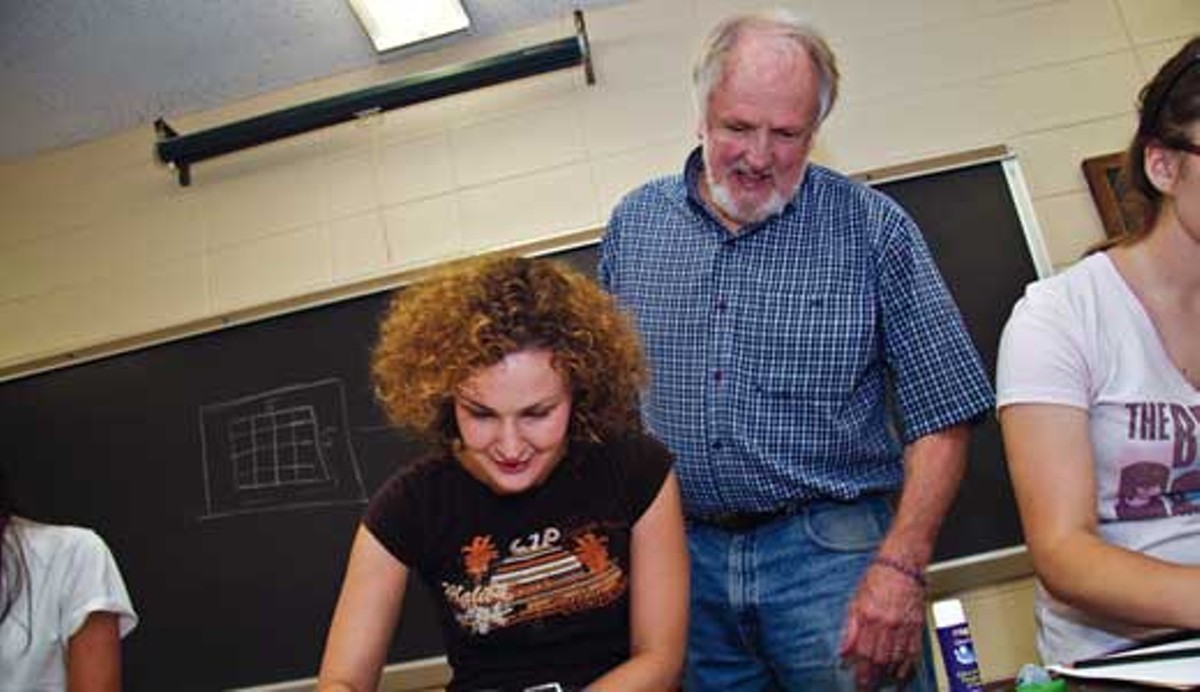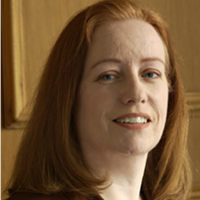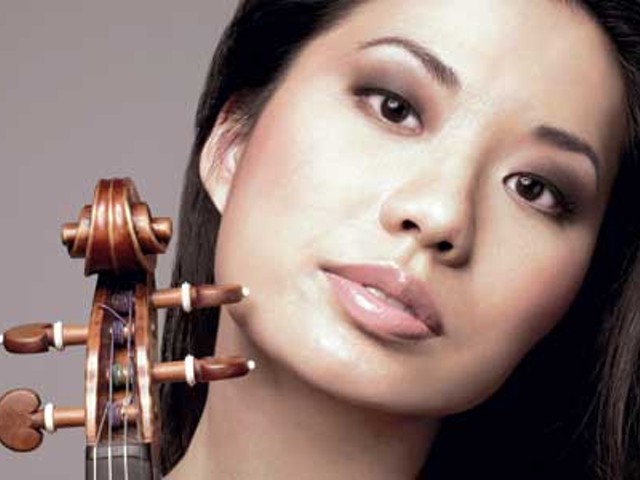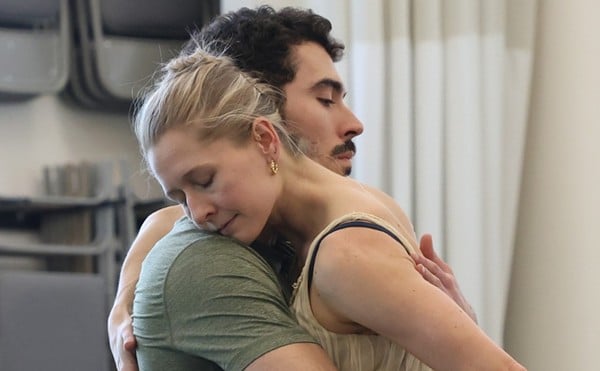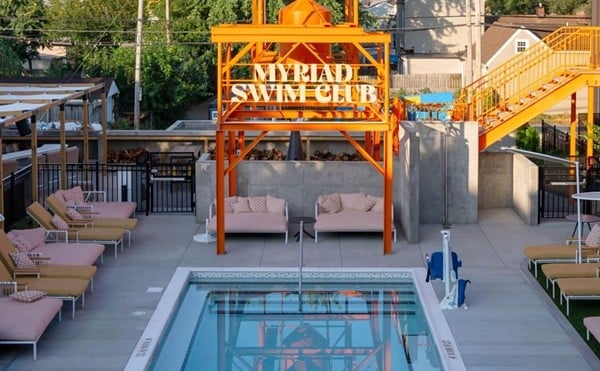As I’m walking through the new Kentucky School of Art (KSA) space in Spalding University, I realize this is the physical manifestation of a dream come true. But the word “dream” hardly covers the hard work that went into making KSA happen. It really is a goal achieved.
Churchill Davenport had an idea that Louisville should have an art school that offers a bachelor of fine arts (BFA). He, along with administrative director Kasey Maier, programming director Skyler Smith and a handful of volunteers, including local artists Aaron Lubrick and Aron Conaway, achieved the goal.
Davenport, a native Louisvillian, is the public face and dean of KSA. He has a master’s of fine arts from the Yale School of Art and has taught at the Pratt Institute in Brooklyn and Baltimore’s Maryland Institute College of Art (MICA).
While at Pratt and MICA, he noticed a number of students coming from Louisville in search of a school solely devoted to the visual arts. While the idea was planted, he felt the city wasn’t quite ready. “In the 1980s, I felt nothing much was going on (with visual arts in Louisville),” Davenport says. “In the 1990s, I noticed Louisville had changed to an art town.”
At this point, you might be wondering what the difference is between a BFA and a BA (bachelor of arts). According to the accreditation organization National Association of Schools of Art and Design, “the professional degree (BFA) focuses on intensive work in the visual arts supported by a program of general studies; the liberal arts degree (BA) focuses on art and design in the context of a broad program of general studies.” The University of Louisville and Bellarmine both offer a BFA.
KSA came to fruition relatively quickly. In 2008, a feasibility study was commissioned to find out if Louisville could support an art school similar to the beloved-but-defunct Louisville School of Art. While AMS Planning & Research — an arts consulting firm — conducted the study, KSA, housed at 710 W. Main St., began offering short-term art classes, sponsored visiting artists and worked on what to do next.
Now the art academy is up and running. As of mid-August, 10 students are enrolled and four more are interested. Churchill and Maier say the ideal class size is 16.
The curriculum is based on a six-week term, with three terms in a semester. “A student can go full-time or part-time, since you register every six weeks,” Maier says. KSA plans to offer classes in drawing, painting, sculpture, design, photography and general fine arts.
KSA and Spalding have signed a memorandum of understanding, which Davenport says reiterates, “This is an affiliation, not a partnership.” This way, the school continues to have its own identity. Yet their association with Spalding offers them resources they might not have initially, such as scholarships and other financial aid. It seems to be a good fit, as Spalding offers art classes but doesn’t have a BFA. The students will get their general education requirements through Spalding during their four years at KSA.
Sculptor Joyce Odgen has been teaching art at Spalding for 17 years. “We’re neighbors,” she says, when asked about the relationship between Spalding and KSA. “Our affiliation is defining itself.” She will continue to teach art to non-art majors through Spalding and teach studio classes at KSA.
Davenport is drawing on his experience outside Louisville to bring in nationally known artists and faculty members, although the core staffing will be Kentuckians. KSA also has a local board of directors and a national advisory board. “We need a sense of place,” he says. “What makes great art is culture. Louisville’s culture is what the school will grow out of. The arts are a big door. With art, there are a lot of ways in.”
For more information on the Kentucky School of Art, call 618-4600 or visit www.kentuckyschoolofart.org.

